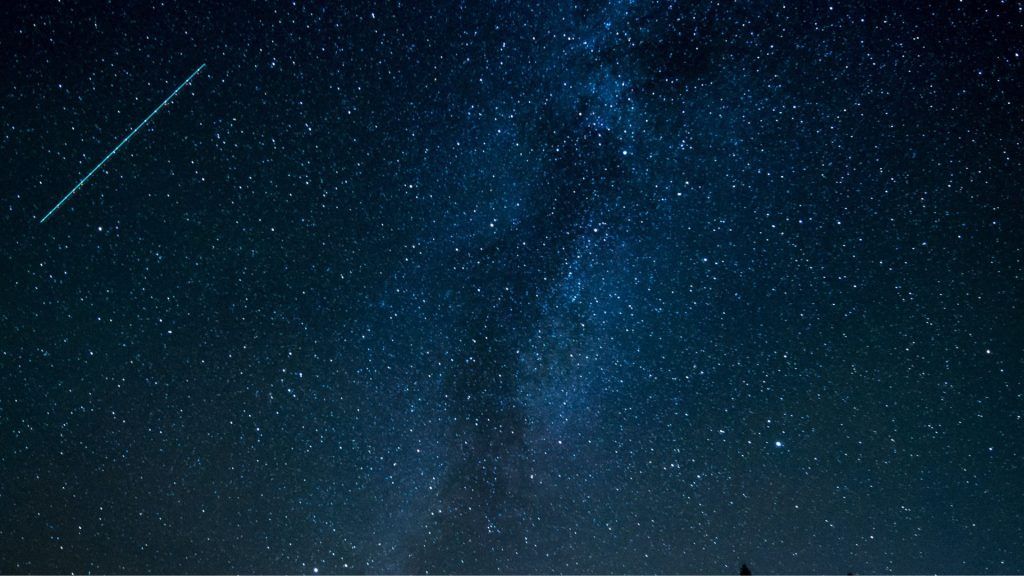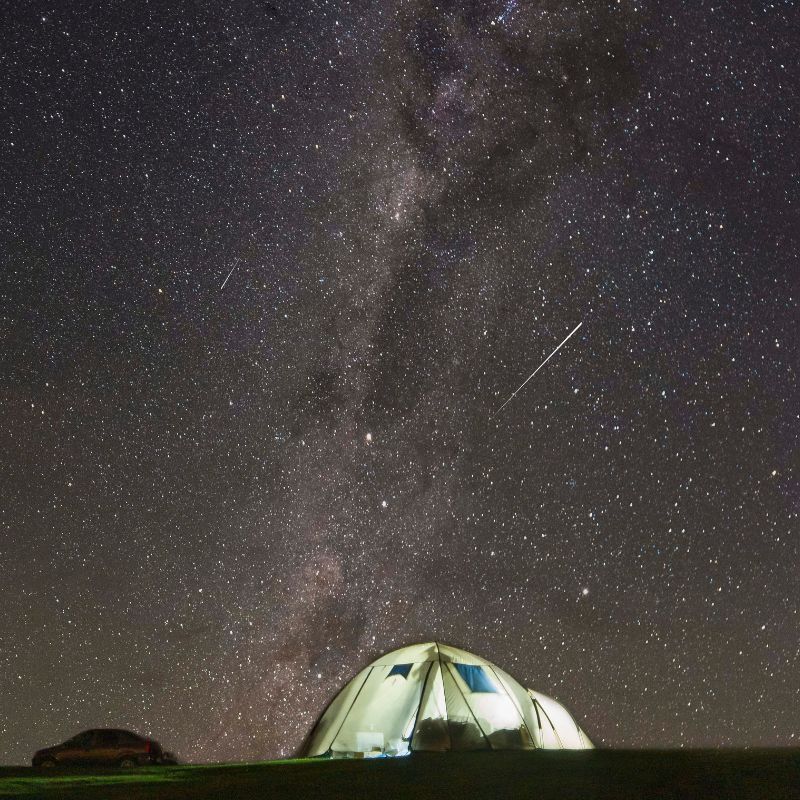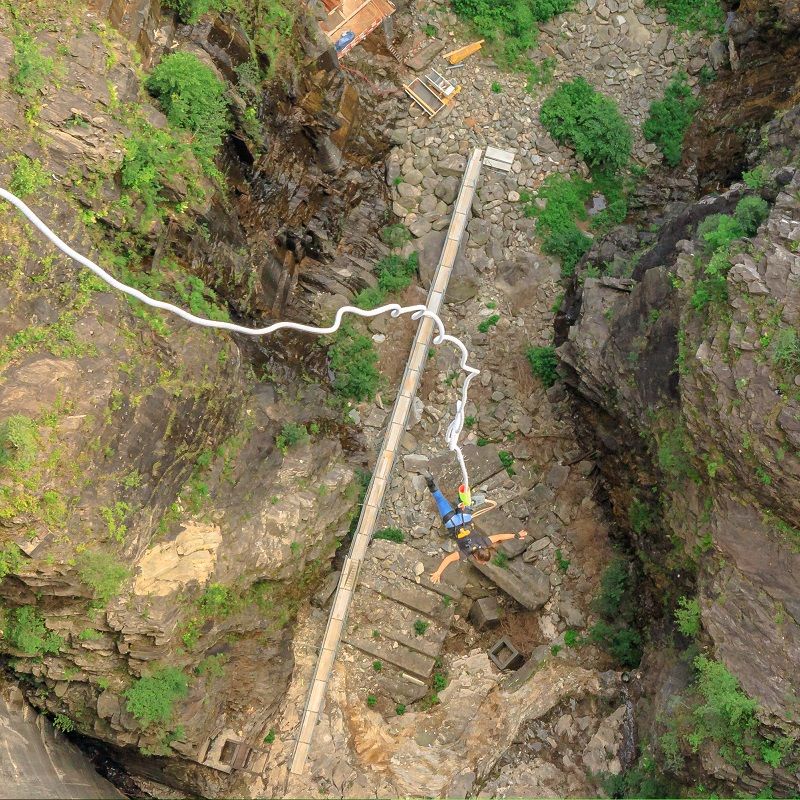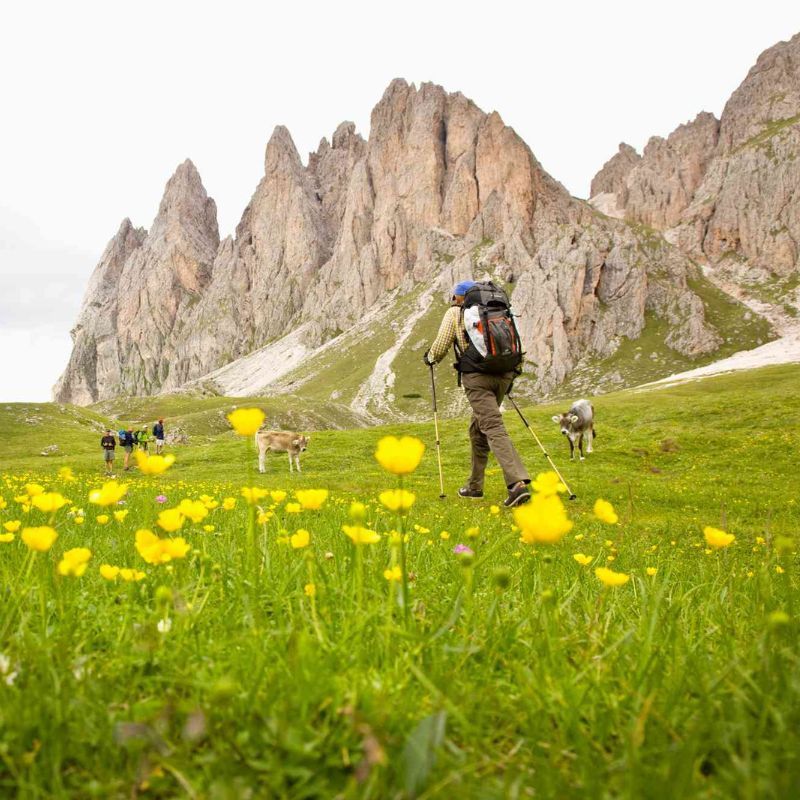
Lovers of stargazing and everything related to this mighty and mysterious universe are in for a visual treat as the Quadrantids meteor shower, one of the biggest natural phenomena of the year, is set to enthral us this January. All set to start your year with a bang (literally!) with these natural showers? The Quadrantids meteor shower will be on 3 and 4 January 2023, and will be unmissable because it makes up for a spectacular view from our vantage point.
The Quadrantids are touted to be one of the biggest sights in the Northern Hemisphere and it is a widely awaited astrophysical event for stargazers all over the world as their radiant point is only for a short time, just a couple of hours before fading away.
Here is everything you need to know about the Quadrantids meteor shower
Quadrantids meteor shower: Origin and magnitude

According to NASA, these meteor showers have their origins in the 2003 EH1 asteroid of ‘or possibly a rock comet’ and are radiant in the constellation of Bootes near the Big Dipper, which is also known as Constellation Quadrans Muralis.
The 2003 EH1 asteroid is possibly a ‘dead comet’ which takes 5.52 years to orbit around the sun, once. It was discovered in Lowell Observatory Near-Earth Object Search (LONEOS) on 6 March 2003.
The shower can range anywhere from 60 to 200 meteors per hour, average speed being 80 meteors per hour. The velocity at which they come down is 41 kilometres per second.
When particles from comets and asteroids come in the path of the sun and are illuminated by their light, they leave a trail when stardust mixes with light. When our planet comes in the path of this trail while revolving in its orbit, they interact with the atmosphere causing meteor showers. In the case of Quadrantids, the particles are comparatively bigger in size and hence the magnitude is also more than minus three.
Watching the Quadrantid meteor shower

The first meteor showers of the new year are likely to peak at the time of the full moon or ‘Wolf Moon’ (3 January), which might make it challenging for stargazers to catch them, owing to the brightness of the moon and other factors including city lights and smog. To enjoy this shower, one needs to find a dark place, away from the blinding lights.
Singapore has some wonderful camping sites, which stargazers can visit and make the most of these meteor showers. Pulau Ubin and a picturesque rock pavement by the sea at Yishun Dam are among these places. Nature lovers would find the Springleaf Nature Park the perfect place to enjoy this astronomical view in its full glory as well. Other locations to consider would be Lorong Halus, Changi Bay or Labrador Park where The Astronomical Society of Singapore hosts viewing parties for space lovers.
Some tips and tricks to make the most of this natural phenomenon

The Quadrantid meteor showers can best be observed during the night or pre-dawn hours. Pitch darkness is required to catch them in the best possible form. As mentioned above, full moon or city and vehicle lights disturb the viewing experience along with air pollution in the atmosphere. The best is to choose a spot on the outskirts.
NASA advises to lie flat on the back and face towards the northeast and look straight up. There is no special equipment needed to view the showers. But, you can carry a pair of binoculars if you please. Best to carry a blanket as it is fairly cold during January across the country.
It takes about 30 minutes to get adjusted to the night sky, after that, one can easily view the meteor showers.
(Hero and Featured Image Credit: Fernando Rodrigues/Unsplash)
This story first appeared on Lifestyle Asia Singapore
Related: 12 Best Places To See The Northern Lights Around The World











